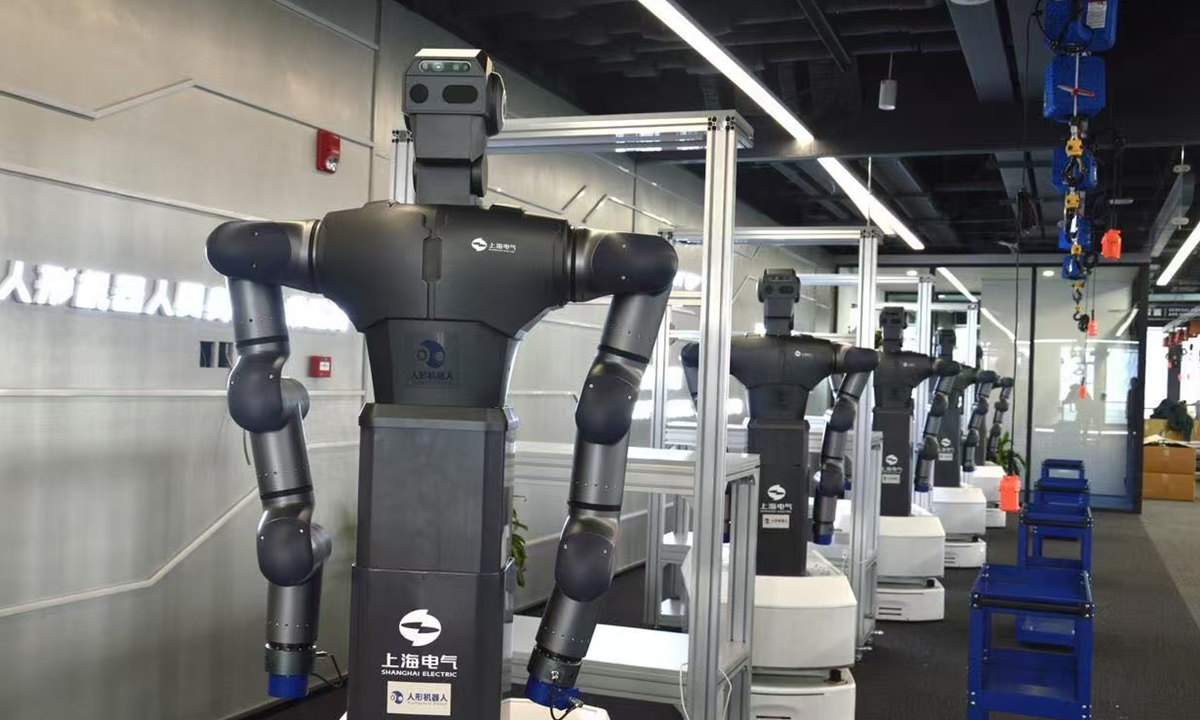
China is preparing to launch its first large-scale training facility for heterogeneous humanoid robots (异构人形机器人) in Shanghai’s Zhangjiang area this July. Operated by the National and Local Co-built Humanoid Robotics Innovation Center, the 5,000-square-meter center will train over 100 types of robots from more than a dozen companies, making it the country’s most diverse hub for advancing robotic applications in daily life and workplaces.
The facility aims to address key challenges in the humanoid robotics industry by enabling large-scale data sharing, developing shared technologies, and building ecosystems. By simulating real-world scenarios—such as homes, factories, hospitals, and farms—the center collects data generated during robot training to create a database for improving future models.
Heterogeneous humanoid robots, which vary in structure and function, are central to the project. Differences in joint numbers, motor power, or design across manufacturers create unique datasets that often limit compatibility (兼容性). The center’s mission is to unify these datasets, allowing robots to learn from shared experiences. During the initial training phases, robots practice “atomic skills” like grasping, picking, and transporting objects. These basic actions form a skill library for complex tasks, such as folding clothes, organizing shelves, or cleaning risky equipment.
According to a data collector, generating data, collecting data, augmenting (增加) data, and analyzing data are the most fundamental core tasks at the training center. “Even simple actions like ‘grasping’ require extensive repetition,” explained a data collector. A single motion might be repeated 600 times daily to account for variables like object size or angle.
The center currently produces 20,000–30,000 data entries daily during testing, with plans to reach 50,000 entries per day after its July launch. By year-end, it aims to collect over 10 million real-world data entries. A key long-term plan involves creating a data exchange platform where companies can share scenario-specific data (e.g., healthcare or household tasks) to avoid redundant efforts. The center also seeks to develop a universal “super brain” AI model, enabling diverse robots to collaborate efficiently.
奇速英语 原创编写 版权所有 侵权必究! 每日更新 个性化阅读 英语飙升!





 更多优质学习内容
更多优质学习内容



